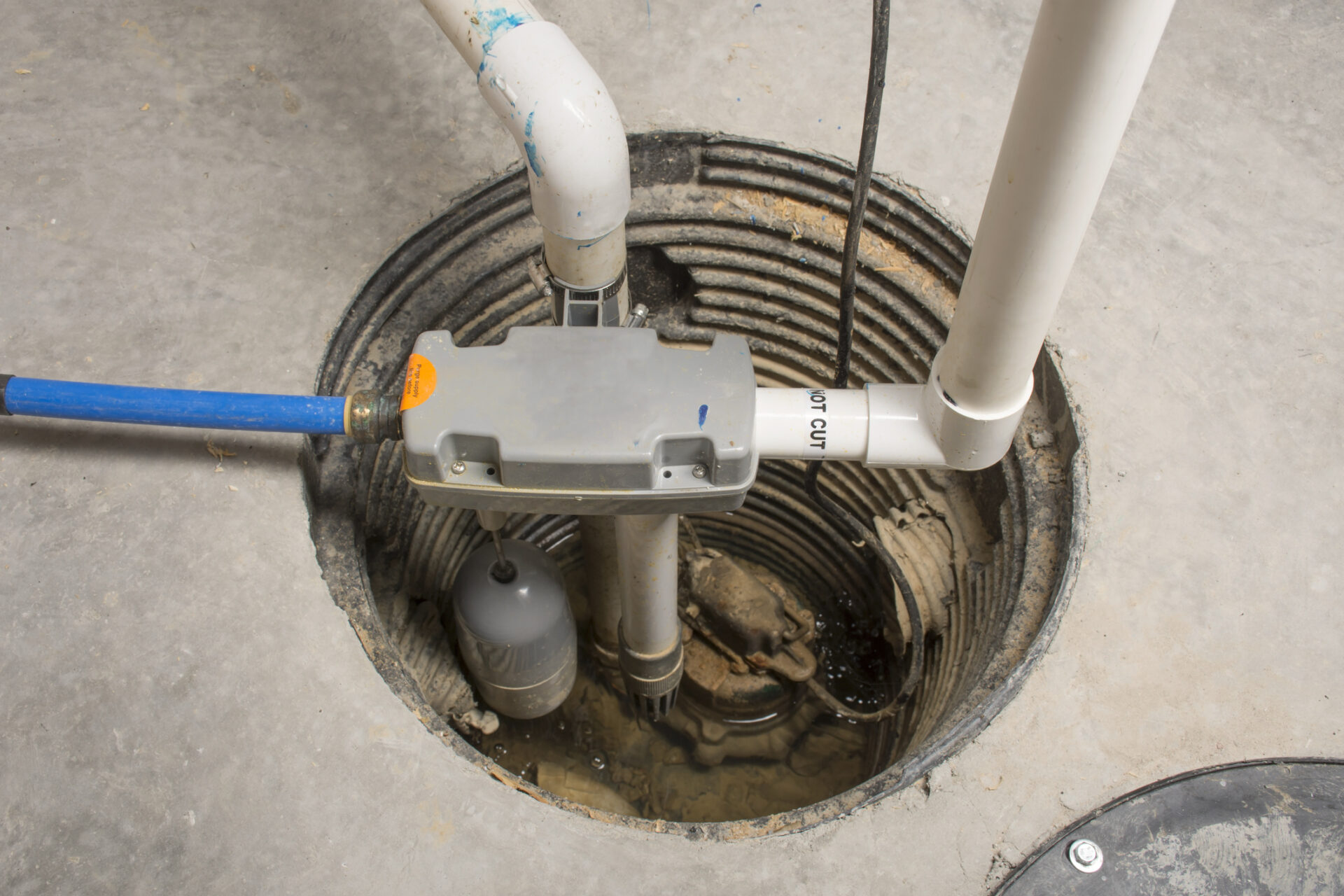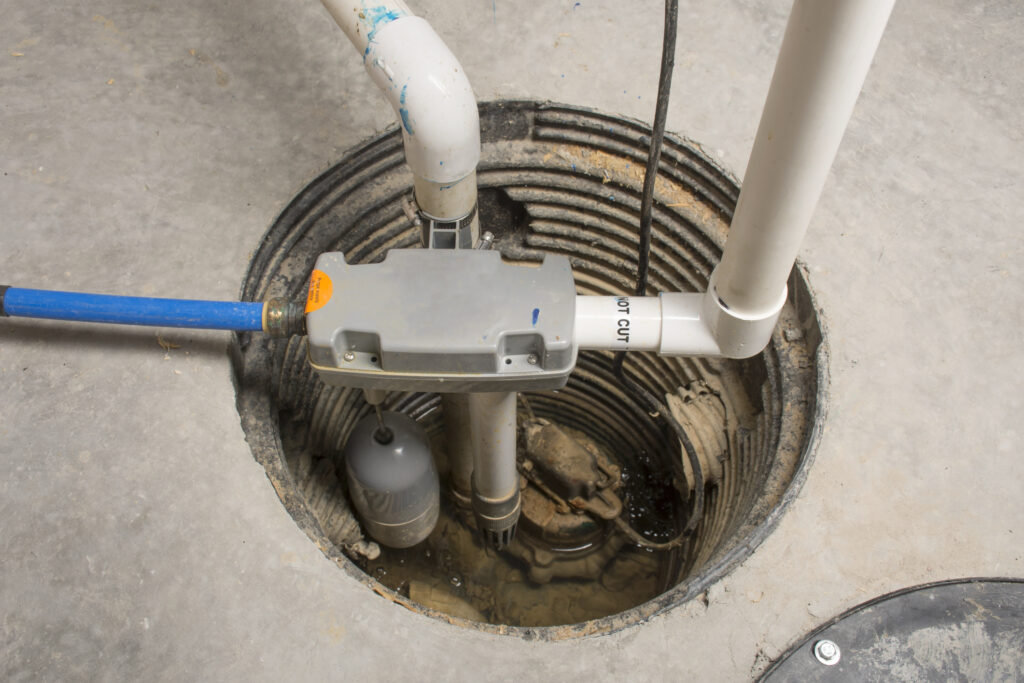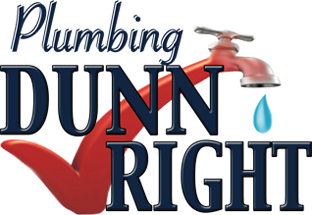
 Do you need to add or replace a sump pump on your property? Here’s a quick overview of how sump pumps work.
Do you need to add or replace a sump pump on your property? Here’s a quick overview of how sump pumps work.
A sump pump is installed in a sump pit which is either a precast polyethylene or concrete pit that is located in the basement or crawlspace floor. The pit should be located in a mechanical room with proper designs and drawings from a good architect. It is designed to collect water that seeps around the foundation and footing to keep your basement free from water. When the water level in the pit reaches a certain height, the sump pump automatically turns on and pumps the water out of the pit and away from your home. Before sump pump pits were required in the Ontario building code, we used to install grey water into the sanitary sewer. This is what was called a combined sewer, sanitary and storm. With Municipal rebates through the Halton basement flooding prevention program, we remove the combined sewers and install sump pump pits to discharge the storm water away from the sanitary sewer.
Types Of Sump Pumps
There are multiple types of sump pumps with different specifications including Horsepower, impeller design, gallons per minute, pipe discharge, pump curves, power requirements, and whether it is a residential or commercial application.
There are two common residential sump pumps that are used: pedestal sump pumps and submersible. Pedestal sump pumps have a motor on top of the pit, while the submersible pumps have the motor enclosed in a waterproof casing placed directly into the pit. Plumbing Dunn right only uses cast Iron oil-cooled submersible sump pumps.
Choosing The Right Sump Pump For Your Home
When choosing a sump pump for your home, consider the following factors:
- Water volume: Consider the amount of water that the pump will need to handle. This will help you determine the size and power of the pump you need.
- Power source: Sump pumps can be powered by electricity or a battery backup. Consider a battery backup system if you live in an area prone to power outages.
- Flow rate: The flow rate is the amount of water the pump can move in a certain amount of time. This is an essential factor to consider when choosing a sump pump.
- Switch type: There are three types of switches used for sump pumps: These switches are called floats that tell the pump when to turn on and off. Depending on the sump pump pit, will determine the float that is necessary for your needs. The three sump pump floats that are commonly used, vertical floats, wide-angle floats, and diaphragmatic floats. Vertical and diaphragmatic are generally used when there is not a lot of room in the sump pump pit. Wide-angle floats require more room and are on a wire that swings up and down to activate the pump.
Applications And Options For Sump Pumps
Stormwater has been an issue for centuries. combined sewer systems overloaded the sewage treatment plants. Sump pump discharge is now an issue because of attempting to discharge water in freezing conditions. In most applications, the sump pump discharge is in an undesirable location coming out of the foundation of your home. it either discharges on the walkway at the side of your house or in the backyard where you want to create a finished atmosphere. The problem is when landscaping is done, the sump pump discharge line is in a freezing condition. Plumbing Dunn right provides solutions with a dual discharge, one for summer and one for winter. This way, during the winter, the sump pump discharge won’t freeze.
Another option to extending the life of your sump pump is to install a twin alternating or a duplex control panel that provides alternating operating between the two sump pumps. In most duplex control systems, a high water level alarm is a standard procedure.
There are multiple types of battery backup systems and alarm systems that can be chosen including a wifi control panel that sends you notifications in case your sump pump starts to fail.
Proper Maintenance Of Your Sump Pump
Proper sump pump maintenance is crucial to ensure it works effectively when needed. Regular cleaning and inspection of the pump and pit can help prevent clogs and malfunctions.
It is also essential to regularly test the pump to ensure it is functioning properly. This can be done during your annual hot water tank maintenance by draining the tank into the sump pump pit and cycling the pump. Ensure that the pump is cycling properly and discharging the water.
If you have a battery backup sump pump, you should test on an annual basis that the battery is being trickle charged and that the battery backup float is still working properly in the sump pump pit.
If you require a sump pump or plumbing services, call Plumbing Dunn Right. Our experienced professionals will help you choose the right system for your home and ensure it is properly installed and maintained. Contact us today to schedule a consultation.
